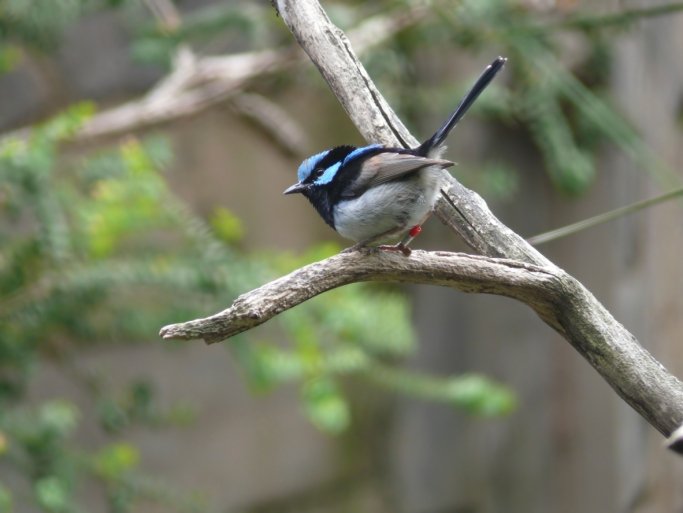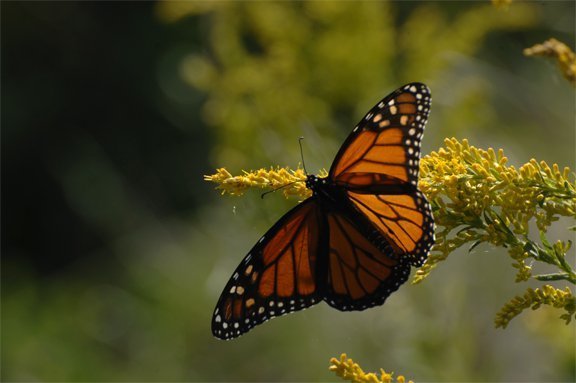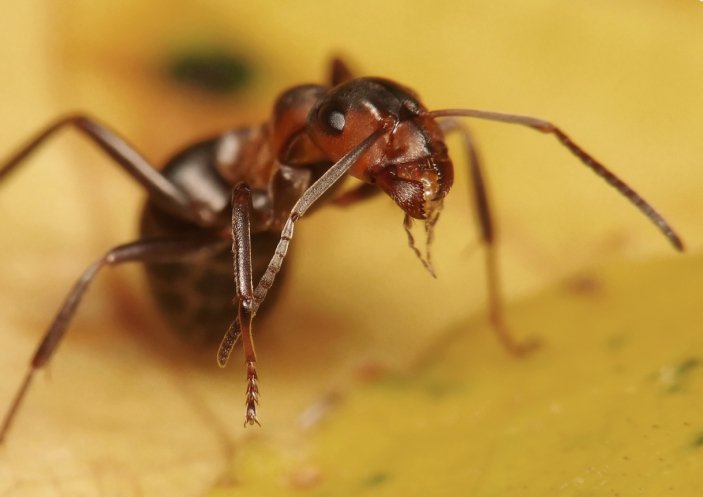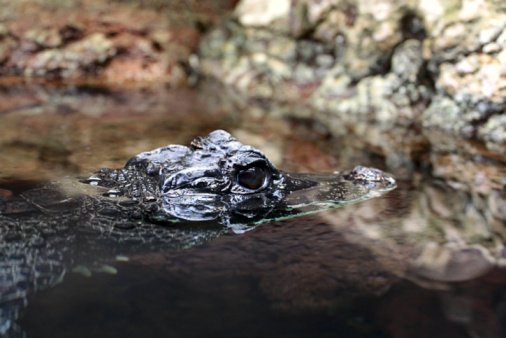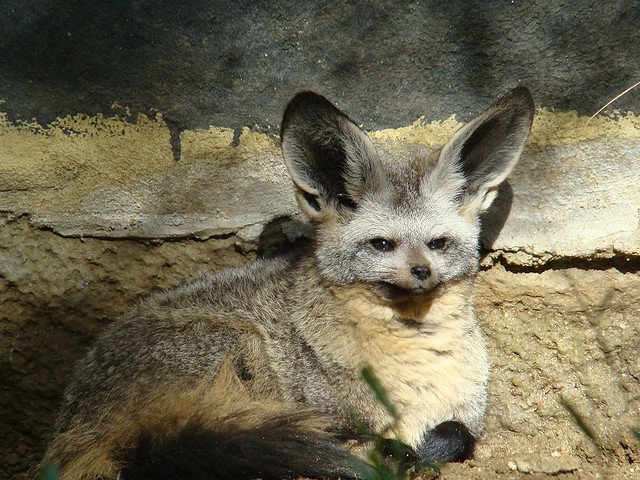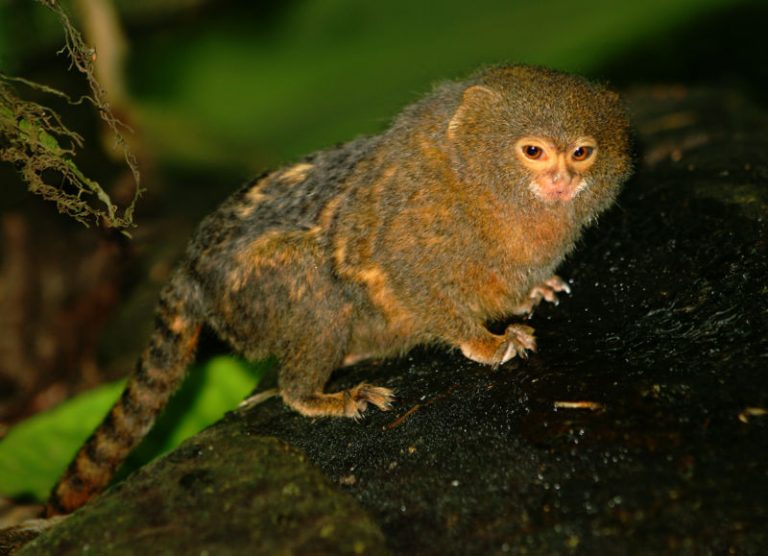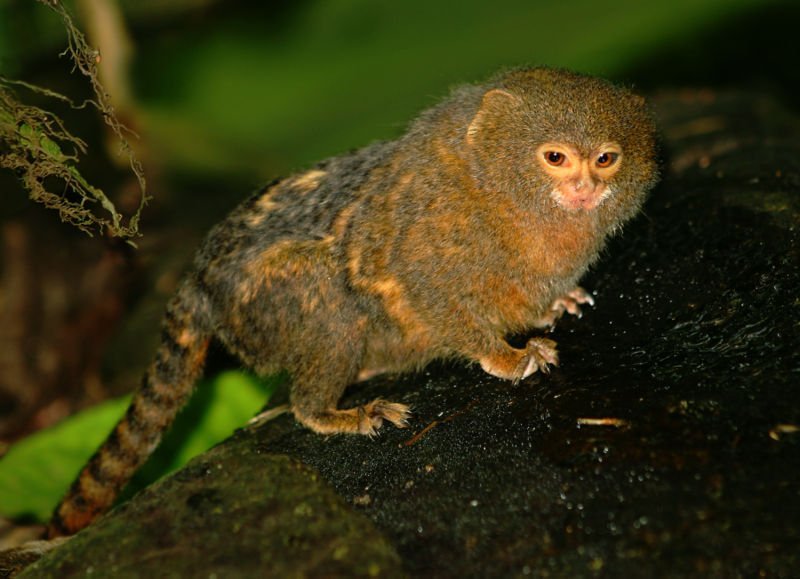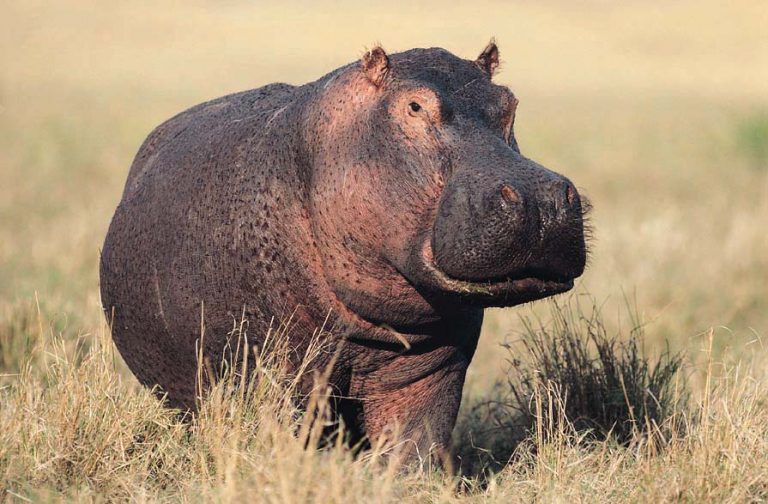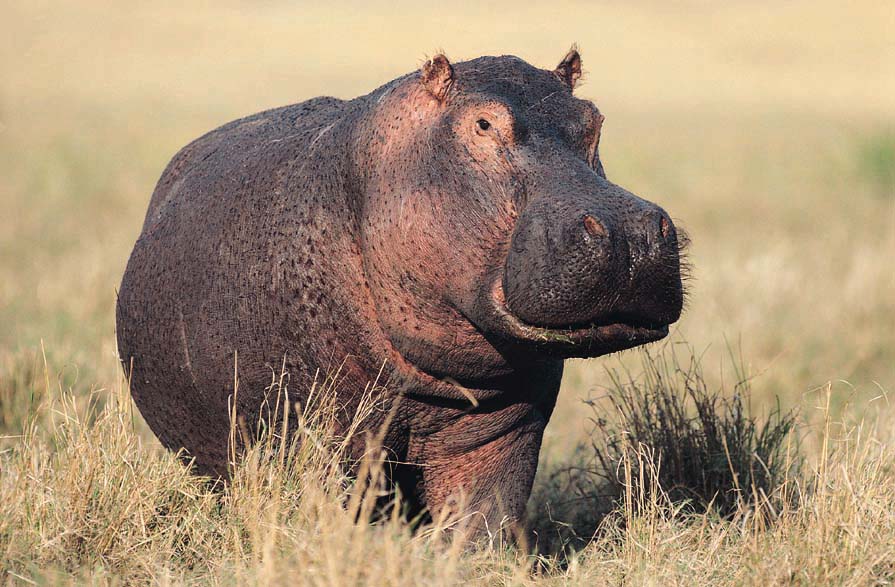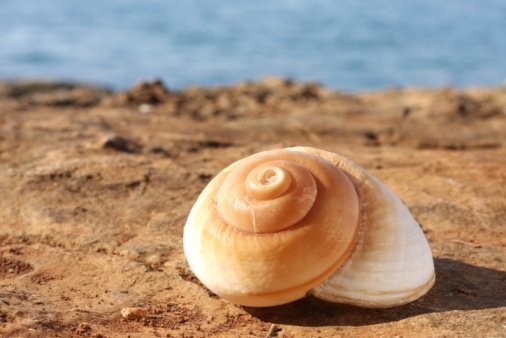As the weather starts to get colder, you may notice that your favourite animals are missing. While some may be hibernating, many being a trip to warmer climates. This is a list of ten amazing migrations.
#1 Arctic Tern (Sterna paradisaea)
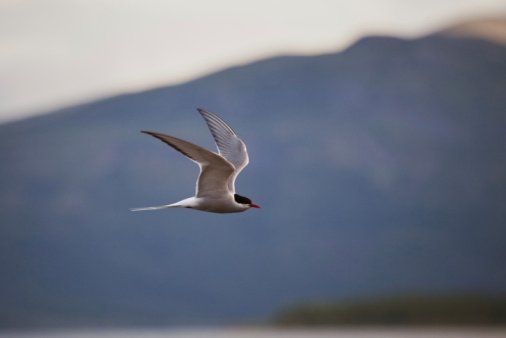
Why I’m a chart topper: I have the longest migration of any animal.
How far I travel: 71,000 kilometres a year, this adds up to 2.4 million kilometres over my 30 year lifespan.
Where I go: I fly from Greenland and the Arctic to Antarctica; from one end of the world to the other!
#2 Humpback Whale (Megaptera novaeangliae)
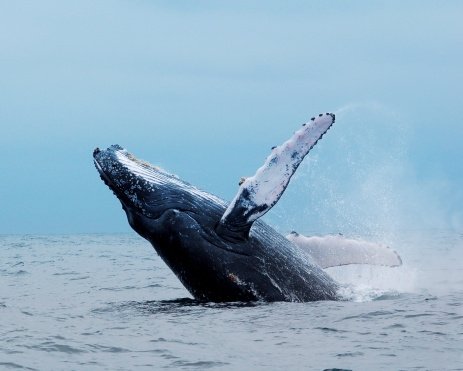
Why I’m a chart topper: I have the longest migration of any mammal.
How far I travel: One female humpback whale travelled more than 9,800 kilometres.
Where I go: I move from the tropics and head north to my feeding grounds. Not all of us travel together; pregnant whales and those who had calves in the previous year go north first.
www.eol.org/pages/328575
www.nature.com/news/2010/101012/full/news.2010.532.html
#3 Sooty Shearwaters (Puffinus Griseus)
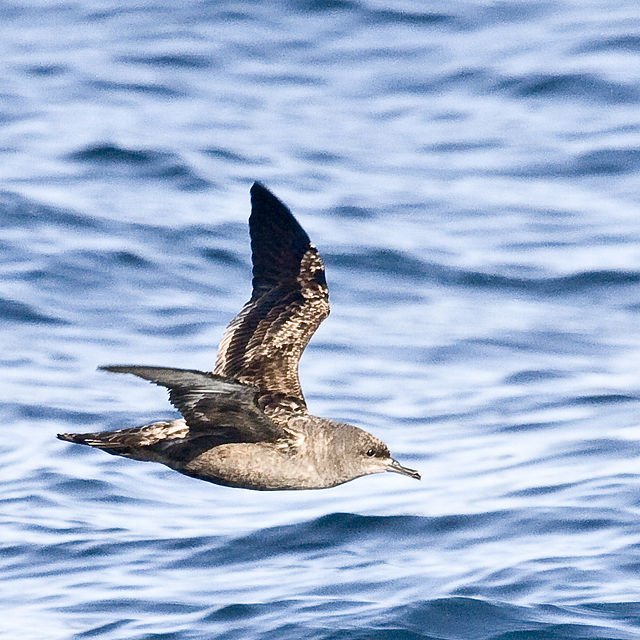
Why I’m a chart topper: I have the second longest migration.
How far I travel: 65,000 kilometres
Where I go: I travel from my breeding grounds in New Zealand and Chile north to feeding grounds covering around 724 to 1096 kilometres a day.
www.terranature.org/sootyshearwatermigration.htm
#4 Monarch Butterfly (Danaus plexippus)
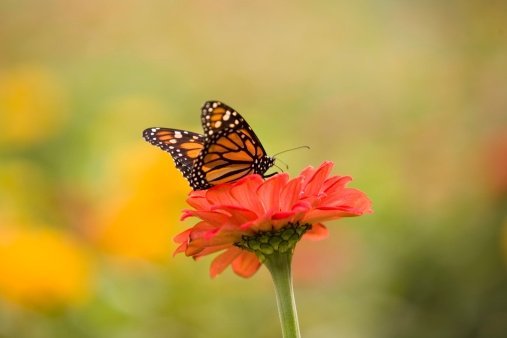
Why I’m a chart topper: My migration cycle is longer than my life span so no one butterfly makes the entire round trip.
How far I travel: 3,100 kilometres
Where I go: I arrive in Canada in June, then in September (two to three generations later) I head south to Mexico.
www.monarchwatch.org
www.cbif.gc.ca/spp_pages/butterflies/species/Monarch_e.php
#5 Dragonflies mainly the Globe skimmers (Pantala flavescens)
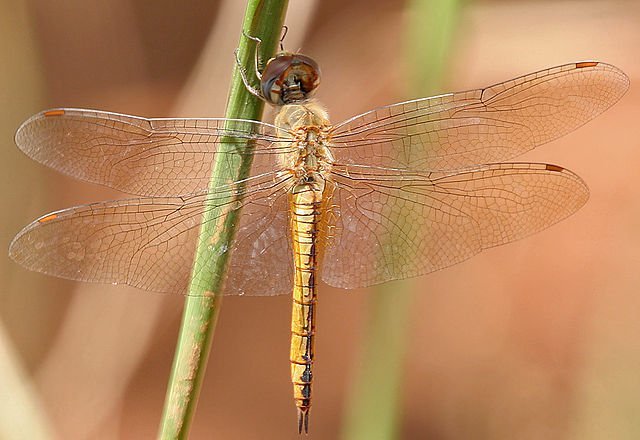
Why I’m a chart topper: I have the longest known insect migration.
How far I travel: 14,000 – 18,000 kilometres
Where I go: I head out from India to the Maldives, Seychelles, Mozambique and Uganda, using the wind to help me along. I go through 4 generations for the complete migration cycle. Just like the monarch no one dragonfly completes the migration on their own.
http://news.bbc.co.uk/earth/hi/earth_news/newsid_8149000/8149714.stm
#6 Chinook Salmon (Oncorhynchus tshawytscha)
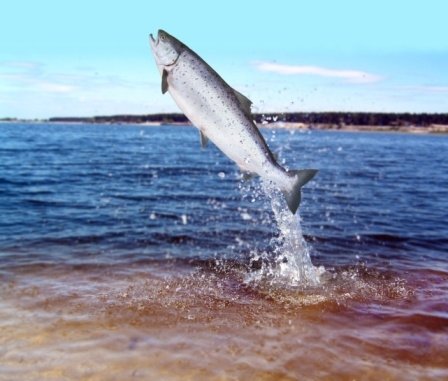
Why I’m a chart topper: I swim upstream to spawn where I was born.
How far I travel: 3,000 kilometres
Where I go: After hatching I spend time in fresh water from three months to a year. I migrate to the Pacific Ocean, then head back home to the river I was born in to spawn.
www.pac.dfo-mpo.gc.ca/fm-gp/species-especes/salmon-saumon/facts-infos/chinook-quinnat-eng.htm
#7 Adélie Penguins (Pygoscelis adeliae)
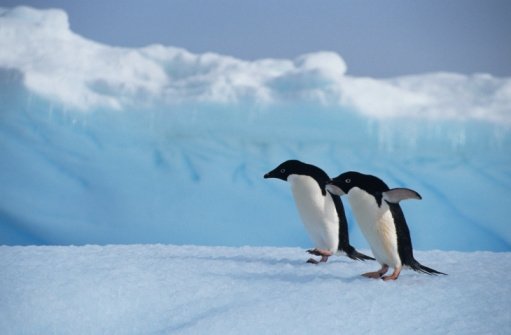
Why I’m a chart topper: I have the longest migration of all of the penguins.
How far I travel: 17,600 kilometres
Where I go: I follow the sun from the breeding colonies to winter feeding grounds.
antarcticsun.usap.gov/science/contenthandler.cfm?id=2230
#8 Semipalmated Sandpiper (Calidris pusilla)
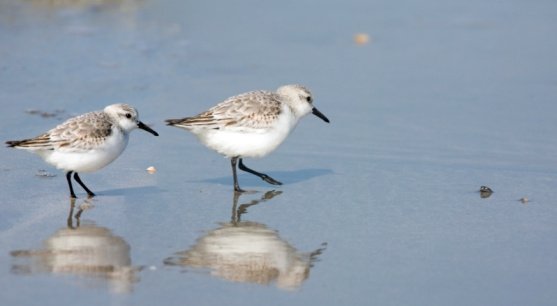
Why I’m a chart topper: We fly non-stop over the Atlantic Ocean. The migration is so tough that some young don’t even migrate north until their second year.
How far I travel: 3,000 kilometres
Where I go: In mid-May I take off from South America heading north towards my breeding grounds in the sub-arctic of Canada and Alaska. In July I head back south again.
# 9 Wildebeest or Gnu (Connochaetes)
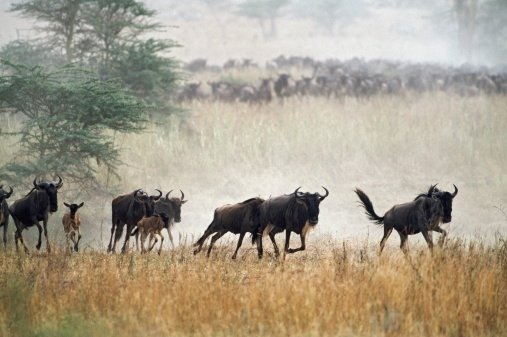
Why I’m a chart topper: I am continually on the move in search of grass and water, following the cycles of rainfall to help guide me. Migrating can be very dangerous with lots of predators, that’s why the young travel on the inside of the herd, to help protect them.
How far I travel: The Serengeti population of wildebeest is a huge nomadic group that migrates 1,600 kilometres each year.
Where I go: Beginning in January and February we move from the Serengeti plains west towards Lake Victoria.
www.awf.org/content/wildlife/detail/wildebeest
http://animaldiversity.ummz.umich.edu/site/accounts/information/Connochaetes_taurinus.html
#10 Red Crab of Christmas Island (Gecarcoidea natalis)
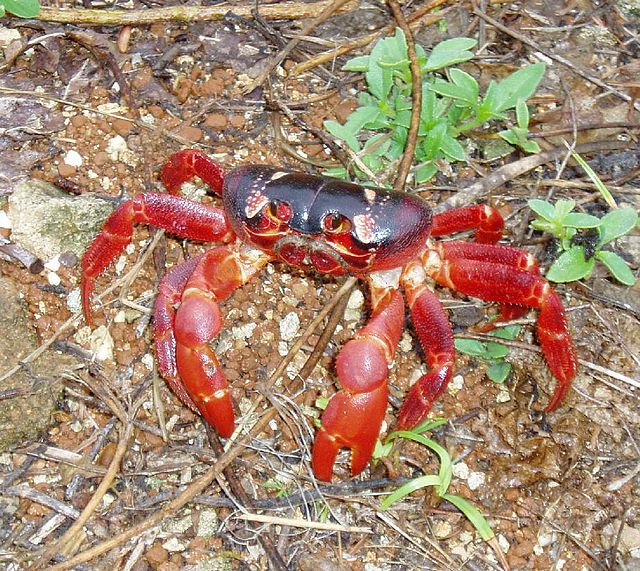
Why I’m a chart topper: Our trip is synchronized so all of us move across the island together. There are so many of us that sometimes sections of roads have to be closed to allow us to get through.
How far I travel: 5 kilometres, traveling up to 12 hours over 5 days.
Where I go: At the beginning of the wet season (October/November) I head out from the forest to the coast to breed. The males arrive at the sea first followed by the females who soon outnumber them. As tiny babies (only 5 mm across) we travel back from the sea to the forest, a trip that takes about nine days.
www.environment.gov.au/parks/christmas/visitor-activities/migration.html
If you think animals are amazing, the Earth Rangers Podcast is for you!
Join Earth Ranger Emma as she travels the world on a quest to solve some of nature’s greatest mysteries! With top ten countdowns, animal guessing games and epic animal showdowns, this is a journey you won’t want to miss!




